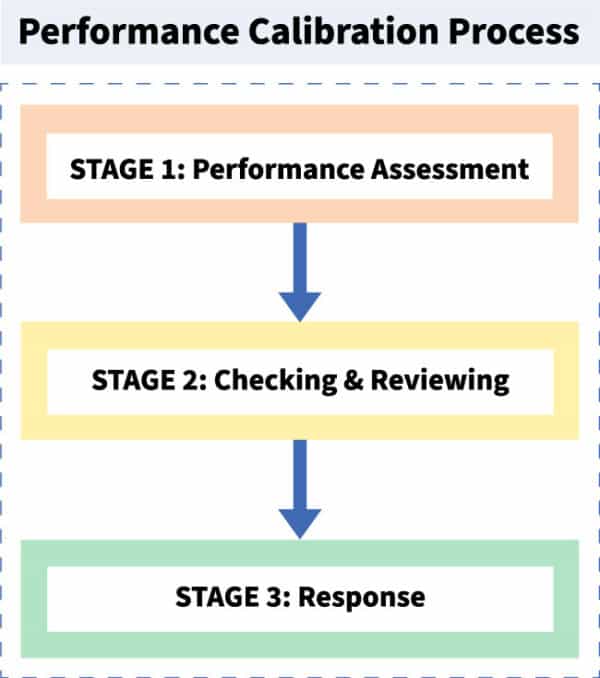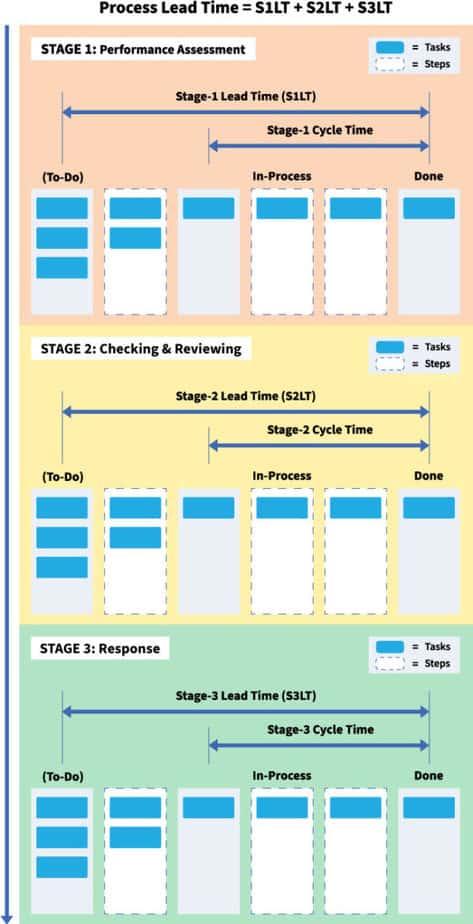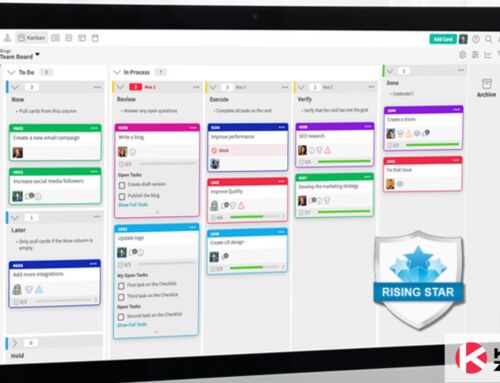
As a team manager, you should understand the importance of performance calibration. It is a key process that allows team managers come up with a standard process to properly measure the performance of their team. To do this successfully, it’s important for team managers to have the right tools in place. These tools can include performance management and process planning software that help support better workflow visualization. For this, you might want to consider using Kanban for performance calibration.
But before getting into more details regarding why you should use Kanban for performance calibration, let’s quickly review what calibration means.
From a metrological point of view, calibration consists of a set of procedures that establish, under definite conditions, the relationship between the indicated values by a measuring instrument (or measuring system) and the corresponding values established by standards.
In other words, the calibration process in essence can be understood as a comparison procedure.
From a broader point of view, the above-mentioned concept of calibration finds application not only in the field of metrology but also in many other different domains, as for example, in performance calibration. Performance calibration refers to the process in which the performance of employees and their evaluated appraisal ratings are discussed and agreed on by managers in an organization. In a practical sense, the performance calibration employs the necessary steps that need to be considered by managers aiming at applying a reliable set of standards to carry out performance ratings.
Now that you are more familiar with performance calibration, let’s take a look at its major benefits.
Benefits of Performance Calibration
Over the past years, the process of performance calibration has increasingly been used as a vital part of the performance management of employees. Among the main benefits of using the performance calibration process, it can be mentioned, for example:
- Assistance in delivering accurate performance evaluations, thus allowing to ensure that the same criteria are employed on the appraisal of all employees;
- Assurance of fair allocation of rewards;
- Organization´s support in retaining high performance employees;
- Elucidation of performance standards, which in turn, leads to better prepared managers capable of discussing the details concerning employees’ ratings.
- Improvement of fairness perceptions within the organization through a more transparent evaluation process.
At this point, you might be wondering how the performance calibration process is characterized and why should you use the Kanban for performance calibration. By having a better perspective of how a performance calibration process goes, you will also understand how Kanban can come in handy.
The Performance Calibration Process
Generally speaking, the performance calibration process can be represented in the figure below.

The first stage of the process consists in assessing the team performance (board: performance assessment). This involves managers training so that they can get in contact with rating scale definitions, measurement scales and the performance standards being used in the organization. Additionally, managers can better comprehend how and why to assess the performance of their team.
The second stage of the process consists in checking and reviewing the completed assessment performance of the team (board: Checking & Reviewing). This is done by the executives of the organization through reviewing meetings in which the discussion of individual performance of employees is carried out as well as data analysis of organizational related data.
In the final stage (board: Response) of the performance calibration process, the necessary changes in the performance assessment are implemented by managers and they should have private performance discussions with employees. Managers at this stage of the performance calibration process must have a full comprehension in what manner their team members are performing. Additionally, it is important that managers correctly understand the performance standards of the organization.
Why You Should Use Kanban for Performance Calibration
The process of performance calibration usually takes into consideration different stages with their specific particularities, as previously described. Each of these process stages contain important tasks which need to be successfully accomplished by managers in order to achieve fair and accurate evaluation results. The Kanban method is a powerful tool which can be used to help managers better understand the performance calibration process in its entirety. This is normally obtained through appropriate Kanban boards which allows inferring process metrics, as for example, lead-time, cycle time, throughput and many others. By implementing Kanban for performance calibration, managers can keep track of metrics that matter and not only be able to advance their knowledge about the flow of the performance calibration process, but also to continuously improve it.
If you want to learn more about specific Kanban metrics, for example “cycle time”, take a look at our article Kanban Calculations: How to Calculate Cycle Time.
The figure below shows a sample of a Kanban board for performance calibration process mentioned earlier.

The Kanban board is divided into three singular Kanban boards which schematically characterize the typical stages of the performance calibration process and its flow over time (blue arrow). Each of the three stages can be considered as a singular process itself being composed of successive steps (vertical columns), where the initial step (process start) is depicted at the left-hand side column and the final step (process end) is the farthest column at the right side of the singular Kanban board.
The columns “To Do”, “In Progress”, and “Done” (completed tasks) shown in each singular Kanban board are basic columns, nonetheless, it is always possible to further detail the process by adding more columns representing intermediary required steps of the process.
The Kanban boards used for each stage of the performance calibration process allow obtaining important metrics, as for example, the metrics lead time and cycle time schematically illustrated in the figure above. By receiving information about these metrics through Kanban boards, managers can realize existing bottlenecks in the performance calibration process, thus allowing them to make continuous process improvements.
Manage Performance Calibrations Better with Kanban
To run successful performance calibrations, it’s crucial to have the right set of tools to help you understand your team’s areas for improvement, as well as keep track of the different performance metrics you and your fellow managers have agreed upon. With a virtual Kanban board like Kanban Zone, you can have a clearer perspective of your team’s performance and be more effective in helping you empower your team and boost your overall productivity.
Table Of Contents
Discover many more posts…







